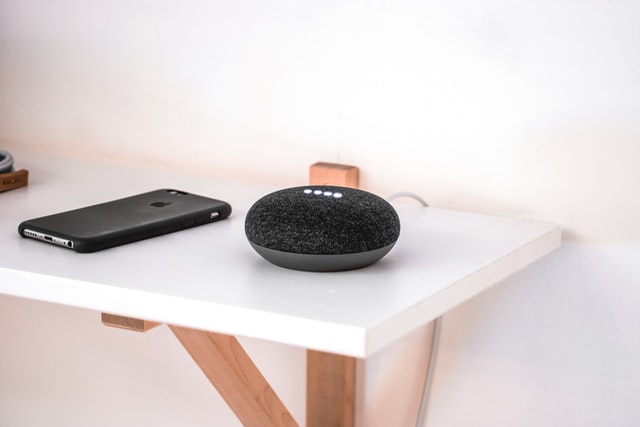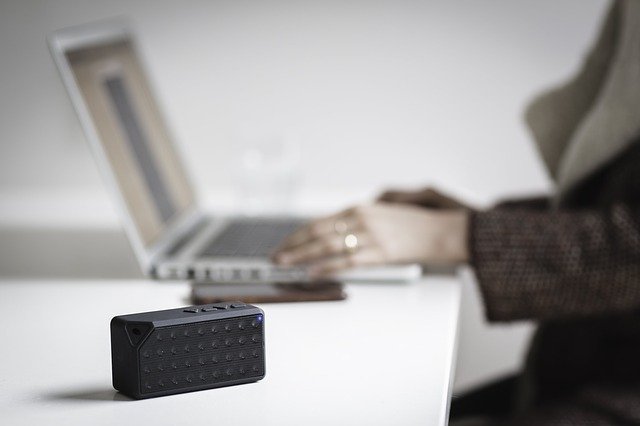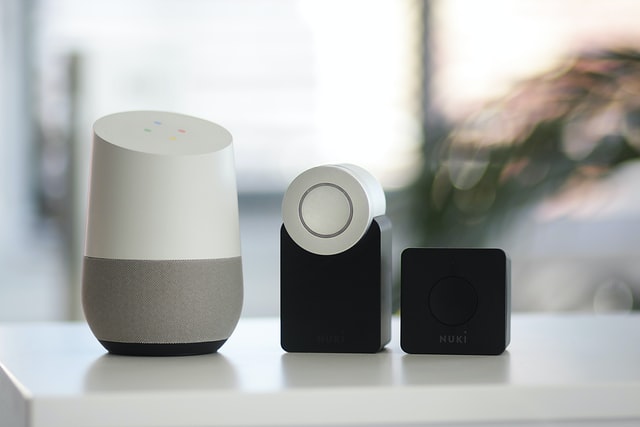The age of IoT is well and truly upon us, and it shows no signs of slowing down. According to Gartner, Inc., the Internet of Things market will grow to 5.8 billion in 2020, a 21% increase from 2019. Other research shows that by 2025, more than 150,000 IoT devices will come online every minute.
That’s a lot of money and a lot of extra devices to manage. It’s clear that the IoT is not just another buzzword or fleeting trend. In fact, it’s becoming a critical competitive factor for organisations across all sectors, including manufacturing, healthcare, military, transportation and logistics, and even government.
As with any major aspect of your business, effective IoT device management is non-negotiable. It’s a critical factor in helping you keep down costs, unlock more value, and boost your ROI when it comes to your IoT infrastructure.
What is IoT?

By its very nature, the Internet of Things cannot be defined as a single thing. Depending on who you ask, you can receive a variety of nuanced definitions that all basically mean the same thing.
According to Wikipedia, “The Internet of things (IoT) describes physical objects (or groups of such objects) that are embedded with sensors, processing ability, software, and other technologies that connect and exchange data with other devices and systems over the Internet or other communications networks.”
IoT is thus an umbrella term for basically any type of network-connected smart device. From smartphones to tablets to self-driving cars to home assistants, all of these “things” are what collectively make up the IoT. The IoT has made its way into every aspect of your lives, and it’s becoming increasingly hard to imagine a world without it.
IoT is utilised in various applications, such as commercial, organisational, industrial, military, and nation-wide infrastructure.
Today, it’s somewhat disputed whether computers and mobile devices should be considered IoT devices. That’s because they are general-purpose devices that execute a range of functions and require frequent human interaction.
In an attempt to narrow down the definition of IoT devices, it now primarily refers to more specialised equipment. True IoT devices are considered to be more autonomous. They monitor and interact with their environment and communicate over a network to carry out a particular task.
Common examples today include autonomous drones, surveillance systems, environmental sensors, etc.
Main Features of IoT
Now that we’re on the same page regarding the general concept of IoT let’s get into the specifics of what makes an IoT device. An IoT device should conform to one or more of these characteristics to be considered a “true” IoT device.
Understanding these is important because it underlies many of the opportunities and challenges when it comes to IoT device management:
Connectivity

Connectivity may be considered the cornerstone of the IoT. An IoT network consists of a broad spectrum of devices, such as sensors, processors, data storage, etc. All need to be in seamless communication to carry out business use cases. IoT devices can communicate using a variety of networks, such as Wi-Fi, ethernet, broadband cellular, Bluetooth, etc.
Sensing

One of the critical applications of IoT devices is to collect data from a geographically diverse area for central processing. IoT devices typically use a variety of sensors that collect analogue data from their surroundings and relay it as digital signals. For example, soil quality sensors are used in agriculture.
Intelligence

To make the most out of IoT systems, a certain level of processing intelligence needs to be involved. The vast amounts of data collected by these networks are often used for feeding machine-learning and AI-powered decision-making systems. In the Information Age, this is where the true value in IoT systems lies.
Integration and cross-compatibility

As mentioned, the variety of IoT devices are astounding. Devices need to use technologies and standards that make it easy and efficient to communicate with other types of devices. This also helps bring down infrastructure complexity and operational costs.
How Does IoT Devices Management Work?
The proliferation of IoT devices across all business spheres has made finding ways to efficiently manage it imperative. IoT device management spans the entire breadth and lifespan of your IoT ecosystem.
It involves everything from provisioning and configuring to inventorying and maintaining to monitoring and diagnosing issues involving your IoT devices. The aim is to make managing your IoT as cost-effective and pain-free as possible and ensure you achieve your desired goals with your IoT assets.
IoT Device Management is generally broken down across several areas or steps:
- Provisioning: Actually, finding and procuring the correct IoT devices for the job is just the first step. Equally important is ensuring that these new devices are correctly set up and integrated within your infrastructure.
- Authentication: Security is one of the chief concerns when it comes to embracing the IoT. And, authenticating devices and users is one of the key ways you can prevent intrusions or exploitation. Authentication involves verifying the identity of a device and managing the identity of users that have access to it.
- Configuration: Off-the-shelf settings are rarely suitable when integrating an IoT device with your systems. Also, you may want to customise or enable/disable various functionalities as needed. Configuration may need to be performed on an ongoing basis as your needs change. It’s essential from a security standpoint as default configurations are generally easily exploited.
- Control: Although IoT devices usually operate autonomously, exercising control is still a key component. This is especially true since devices are typically remotely deployed and can only be accessed via the network. Overriding automated processes, adjusting settings, optimising performance, and remotely switching devices on/off must all be possible.
- Monitoring: It’s nearly impossible to exercise proper control or security over devices without monitoring capabilities. This is also a key component of being able to optimise and streamline IoT networks with time. Devices should be configured so you can reliably collect system metrics, data reports, and notifications or alerts.
- Diagnostics: Through proper monitoring, admins should run diagnostics on the health of both individual devices and the network as a whole. Proper troubleshooting practices and resources should be in place to quickly detect issues and find solutions.
- System updates: Outdated firmware or software is one of the leading causes behind security vulnerabilities, incompatibilities, erroneous behaviour, and inefficiencies. Available updates should be identified and installed as soon as possible. If updates require additional actions, such as rebooting, you should ensure it’s carried out correctly.
- Maintenance: All of the previous points make up the maintenance lifecycle of an IoT device. To ensure it’s carried out consistently and correctly, you need to have a plan in place that not only considers individual devices but the entire network.
Some of the critical challenges that practical IoT device management aim to solve are:
● Energy consumption
● Security risks
● Overcoming physical distancing between devices
● Integration of individual devices with the overall network
● More efficiently utilising human resources
● Managing and extending the lifespan of IoT devices
● Limiting service disruptions or downtime
How to Integrate IoT with Business Processes

Now, we get to the real challenge.
How do you integrate IoT with business processes? IoT should support and advance your business, not obstruct it.
Unfortunately, there’s no straightforward answer to this. The best way to integrate IoT systems with your business processes invariably depends on the existing processes you have in place.
To that effect, a lot of research has been conducted alongside these lines.
However, in most cases, your existing business processes will need to evolve to extract maximum value from your IoT investment. Without proper business process management (BPM) strategies in place, your IoT initiatives will be relegated to little more than data-gathering exercises.
The worst way to go about it is to try the brute-force integrate IoT initiatives without continually evaluating, improving, and restructuring your business processes.
That being said, the key driver behind adopting IoT has usually been increased data generation. That puts three questions at the centre of integrating IoT with business processes:
● What can I do with this data?
● How can I extract the most value from this data?
● How can we efficiently transform raw data into visual insights?
The interaction between your data-gathering IoT infrastructure and business processes should be viewed as a living system. Regular self-assessments should be carried out to measure the success and efficiency of your IoT projects. Outcomes should be used to refine further how you gather, transport, store, process, and interpret data via your business processes.
Conclusion

It seems daunting, doesn’t it?
The fact of that matter is that IoT is one of the most significant technological advancements driving business change today. The information superhighway we’re on is already becoming a baseline requirement instead of a nice to have. However, one of the worst things you can do is jump in headfirst without considering how IoT will change your business. The best approach is to implement IoT device management as soon as possible.
Not only will it help you avoid some of the growing pains, but it will make it easier to evolve your business processes to get more out of your investment.










